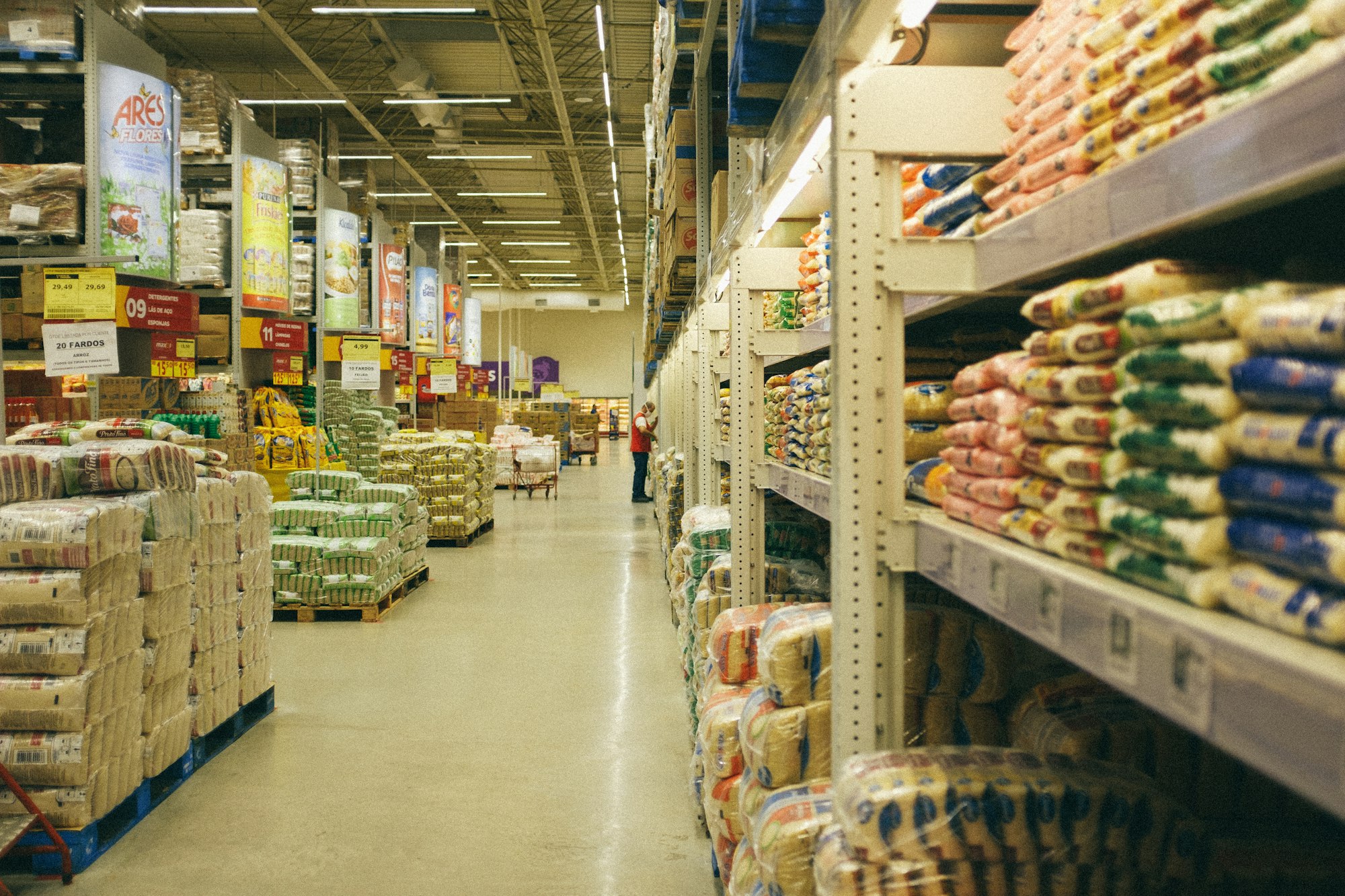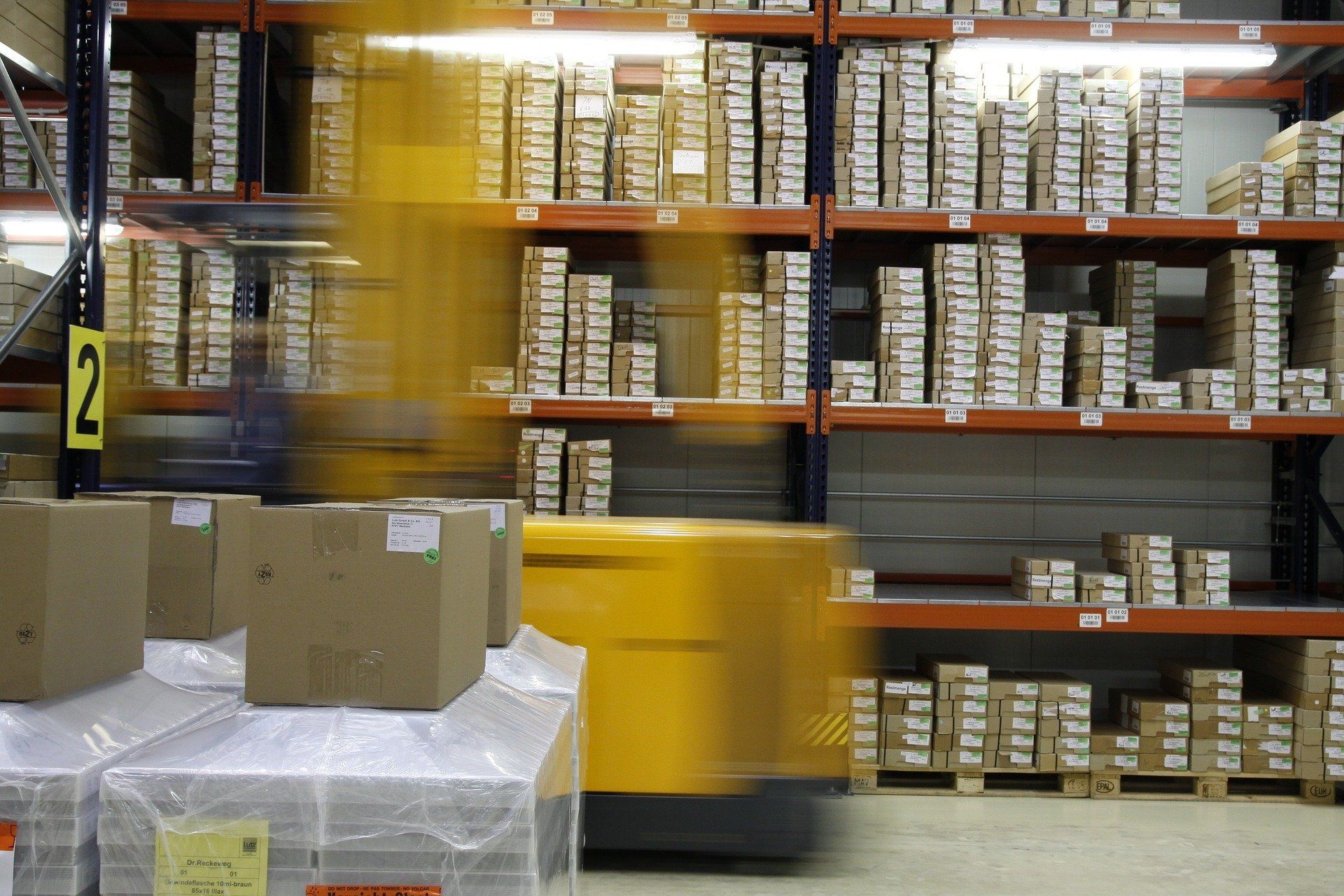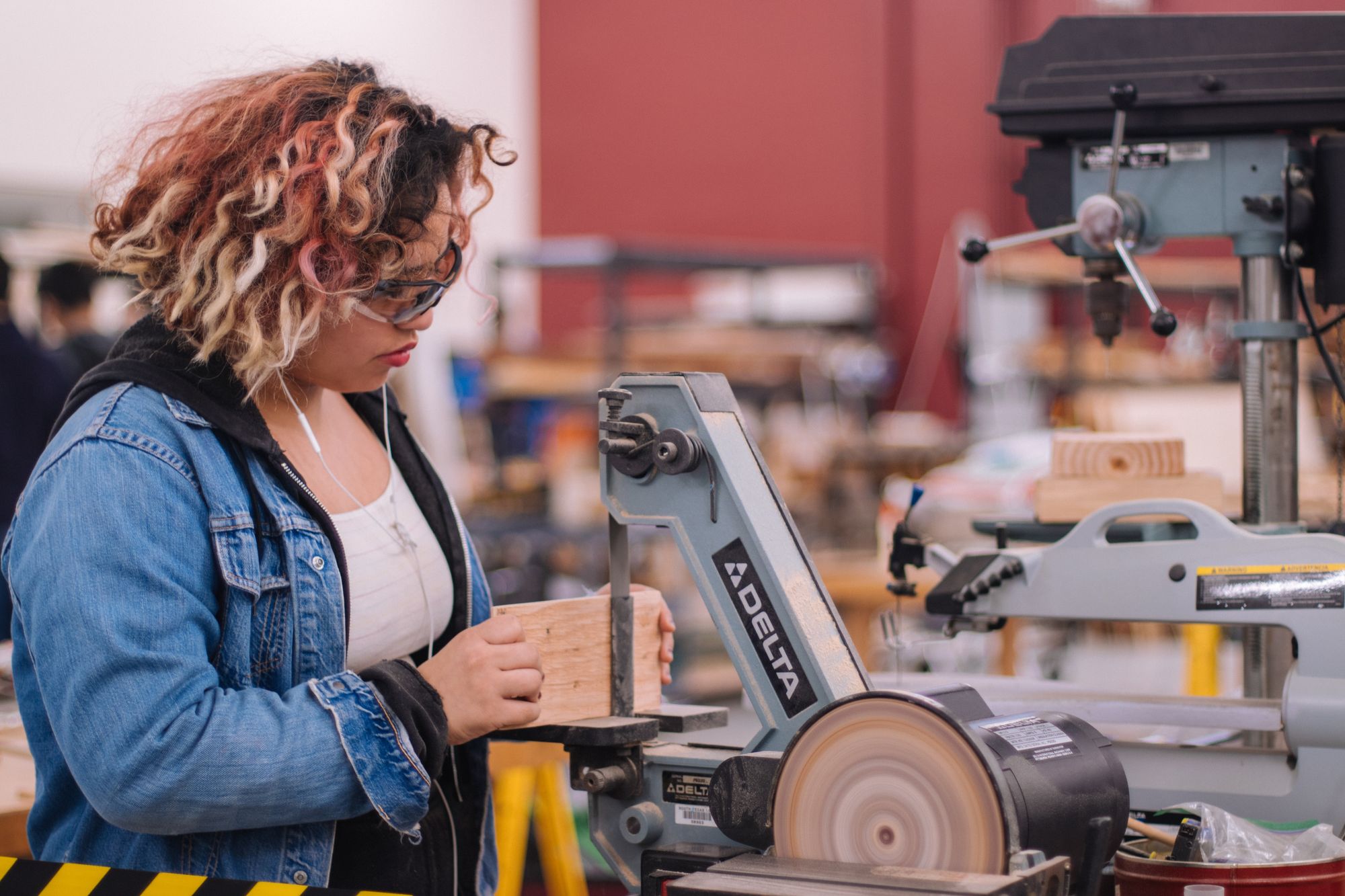Manufacturing overhead is a term used to refer to the indirect costs that are associated with producing products. It is a broad category that includes indirect expenses such as materials, utilities, depreciation, and labor. To understand manufacturing overhead, it is essential to look at the terms "direct labor" and "indirect labor."
As per statistical analysis, the manufacturing overhead for the US industry is about 35% compared to the Japanese industry, which stands at 26%.
Direct labor refers to employees involved in the actual production of a product. This would include assembly line workers who put together the final product and machine operators who run equipment that creates components of the final product. Indirect labor refers to workers who do not work directly on the production of the final product.
When determining manufacturing overhead, you must consider all direct and indirect labor related to the production of the particular item in question. Therefore, manufacturing overhead can be an expense when calculating the cost of goods sold. However, some manufacturing overhead expenses are considered period costs, which means they are expensed as they are incurred rather than having them in the cost of goods sold and then amortizing them over time.
The U.S. is ranked seventh in output per hour among 133 countries using data from the Conference Board.
Here is an overview of all the points covered in the article:
- What is Manufacturing Overhead?
- Details on Manufacturing Overhead
- Calculating Manufacturing Overhead
- Which are the different types of manufacturing overhead?
- What are the different methods employed for calculating manufacturing overhead?
- What are the different categories of manufacturing overhead?
- How to reduce manufacturing overhead?
What is Manufacturing Overhead?
The direct cost of goods manufactured is called the manufacturing cost. There are two components of manufacturing cost: natural materials and direct labor.
Direct material costs are associated with the raw materials used to produce the finished product. Direct labor costs are the wages paid for the labor directly involved in production.
Manufacturing overhead costs are those costs that cannot be directly attributed to a specific product or batch of products, such as factory rent, utilities, general maintenance expenses, and indirect labor.
Direct material costs are added directly to the total manufacturing cost. In contrast, direct labor and manufacturing overhead costs are assigned to products to analyze actual labor hours and machine time used.
Details on Manufacturing Overhead
Manufacturing overhead is part of the cost of goods sold (COGS). It is a variable expense because it will change as operations change. When sales increase, manufacturing overhead tends to increase proportionately following the production cost.
When sales decrease, then manufacturing overhead decreases accordingly, manufacturers allocate their overhead expenses in different ways, either based on direct labor hours or machine hours.
Manufacturing overhead refers to all those costs that are NOT part of direct labor or materials. Therefore, manufacturing overhead costs are indirect and include charges such as:
- Factory rent and utilities
- Factory equipment depreciation (the systematic expensing of the cost of manufacturing equipment over its estimated useful life);
- Salaries and wages for factory supervisors, operating engineers, maintenance workers, etc.;
- Factory supplies, including any materials, purchased for use in production but not consumed in the manufacturing process;
- Factory supplies such as cleaning products used to maintain factory equipment;
- Taxes and insurance related to factory property;
- Interest expense on loans taken out to purchase machinery or equipment used in the manufacturing process;
- Cleaning and maintenance of factory machinery and equipment; and
- Costs associated with quality control procedures performed by company personnel before the product is sold to the end customer.
Calculating Manufacturing Overhead
Manufacturing overhead can be calculated using the following equation:
Manufacturing Overhead = Total Manufacturing Costs/Total Number of Units Produced
This formula is called the batch formula because you calculate it at the end of each batch or production run.
Manufacturing overhead is one of the two high manufacturing costs and direct materials. These are also sometimes referred to as factory-related costs.
As its name implies, manufacturing overhead is any expense that can be traced back to the manufacturing process itself. This would include electricity and heating costs, repairs and maintenance on equipment used in production, and factory labor.
Manufacturing overhead comes directly after direct materials on your product cost report; it's sometimes called factory burden or factory burden rate. Factory burden makes up a large portion of your product cost because it's such a necessary part of manufacturing--manufacturers couldn't
Which are the different types of manufacturing overhead?
Manufacturing overhead can be broken into two types: variable and fixed costs. Variable manufacturing overhead costs change according to how much work employees require during a period.
For example, if a company's factory requires more production during one month than another, variable manufacturing costs are higher during peak months. Because these costs vary with production levels, they are considered variable costs. On the other hand, fixed manufacturing overhead costs remain the same regardless of how much work employees perform.
A company must pay rent and utility bills no matter how much work its employees perform in a given month. These are examples of fixed manufacturing expenses.
Fixed manufacturing overhead also includes depreciation on machinery used to produce goods or services and supplies used directly in production.
Manufacturing overhead is a cost center. Instead of being assigned to products, it is given to the cost centers that consume goods and services. Then, each cost center charges for goods and services it receives from other cost centers according to the amounts each contributed to overhead. This can be done using either a "first-in, first-out" (FIFO) or "last-in, first-out" (LIFO) method. The LIFO method results in higher reported costs at the end of the period.
What are the different methods employed for calculating manufacturing overhead?
Manufacturing overhead refers to the indirect costs of manufacturing something. It includes the materials used in making a product, storage and handling, repairs and maintenance, plant supervision, and insurance. Manufacturing overhead also comprises depreciation on capital equipment used in production. Manufacturing overhead is one of the three components that make up the cost of goods sold (COGS).
Tallying manufacturing overhead involves adding all direct manufacturing costs and then allocating indirect costs to products using a predetermined rate or actual usage.
Tracking manufacturing overhead is essential because it accounts for a significant portion of its overall costs. Therefore, a company may increase profits by lowering or eliminating its manufacturing overhead costs.
Manufacturers typically employ two methods to determine their manufacturing overhead: the predetermined rate or the actual usage method. Each method assumes that direct manufacturing costs can be attributed to specific products with some degree of accuracy.
The predetermined rate method assigns indirect manufacturing costs to products based on an established standard. For example, the rate could be found on the price per square foot of a building or computer time used for production purposes.
What are the different categories of manufacturing overhead?
Seven main categories make up the manufacturing overhead:
- Direct Labor Costs
- Factory Overhead Costs
- Variable Supplies Cost
- Fixed Costs
- Production Overhead Cost
- Conversion Cost
- Administrative Overhead Expenses
The first two costs on the list, direct labor and factory overhead, are easy to understand because they are numbers you physically see daily when going through your factory's production reports. They usually will not change from month to month unless there is a significant change in production levels or an employee being fired or quitting their job at the manufacturing facility.
How to reduce manufacturing overhead?
Trying to find ways to reduce your costs in these categories can help improve your overall profit margin.
Start by looking at your current manufacturing overhead and determining whether there are ways to cut those expenses by either negotiating better contracts or finding less expensive suppliers that offer the same quality products.
The next step is to focus on cutting indirect manufacturing costs. Indirect costs cannot be directly attributed to one specific product or service. The most common types of indirect costs include rent, utilities, insurance, and administrative services.
Because these expenditures cannot be directly tied to the production of goods, reducing them can be difficult if the location of your business does not offer competitive pricing for space and services. For example, if you have an office in an area with a high cost of living, look at moving your operations to a more affordable area.
The distinction between production overhead and period costs is that production overhead is a cost of doing business that cannot be directly attributed to the production of specific goods or services, such as advertising costs or rent on company facilities.
It is an expense that covers ordinary costs related to a company's manufacturing or production operations. Manufacturing overhead includes utilities, depreciation, employee benefits, and insurance.
Wrapping Up
A company's accounting department often estimates manufacturing overhead according to the budgeted number of units produced or products assembled during the period in question.
The method for calculating this estimate varies from one company to another but may include a careful review of plans for upcoming projects, records of similar past projects; knowledge of material usage from previous projects; and broad experience in the industry.
How Deskera Can Assist You?
Being in the position of a business owner is definitely a challenging role. And, you have to do multiple tasks apart from just delivering bills. Therefore, it is important to choose the right software services to run a seamless and efficient business.
Deskera can assist with inventory management, customer relationship management, human resource management, attendance management, and payroll administration.
Try Deskera to alleviate your business workload. For a range of sectors, use free, downloadable, and customizable invoice templates, automated invoicing, billing, expenses, payments, accounting, inventory, recording all deposits, and much more.
We're here to help you with the process of growing your company.
Key Takeaways
At Deskera, manufacturing overhead is calculated by adding up all of the indirect expenses of producing inventory. It does not include direct labor or direct costs such as raw materials because these amounts can be traced directly back to a single product.
It includes expenses like employee wages and benefits, office rent, and fees for outsourced services necessary for fulfilling customer orders.
- Manufacturing overhead refers to expenses incurred in the manufacturing process
- Overhead costs are particularly prevalent in manufacturing, but they can apply to all industries
- While overhead costs apply to all industries, they are particularly prevalent in manufacturing
- They include indirect expenses, such as utility bills, insurance, and rent for factory space, as well as labor
Related Articles











